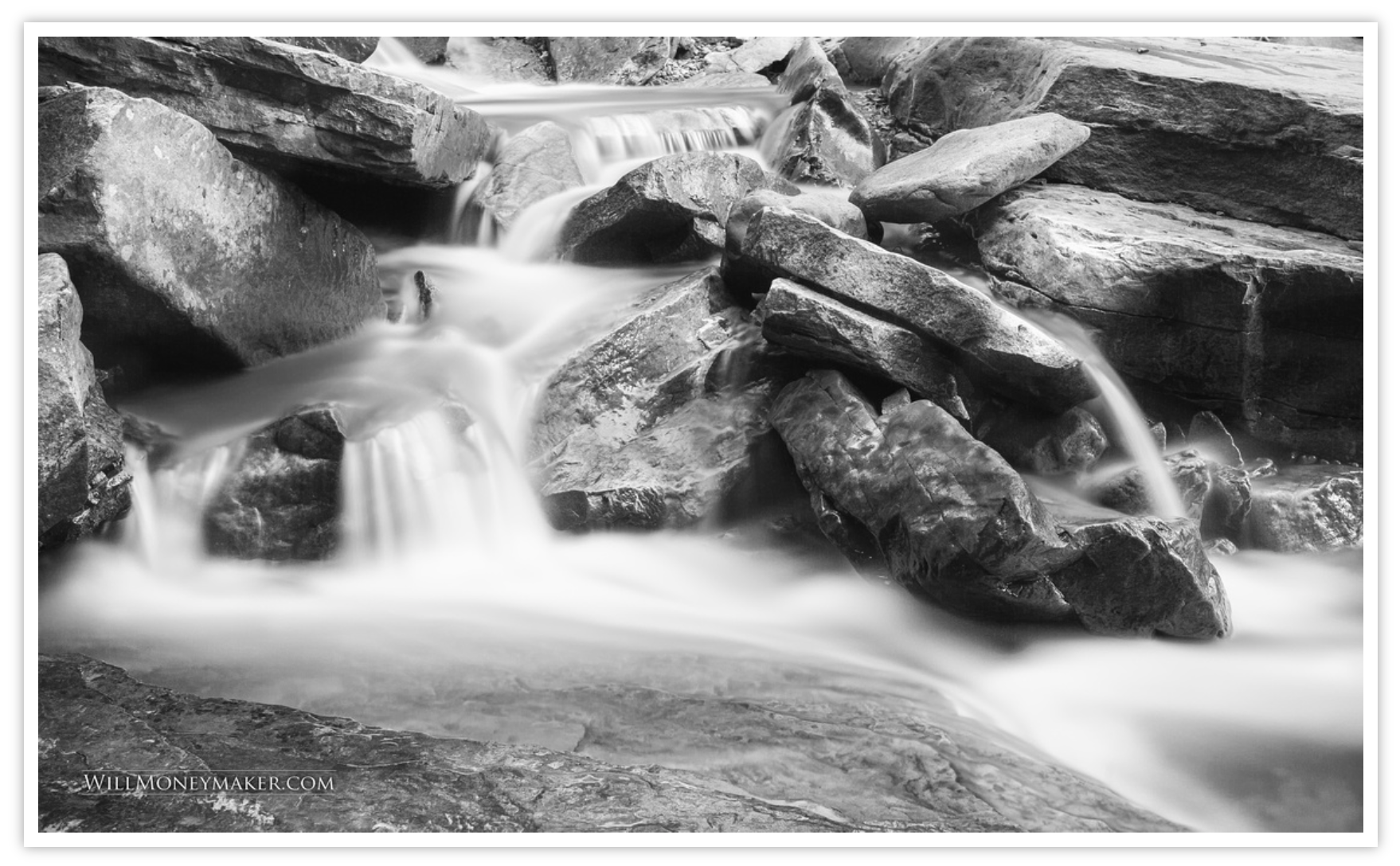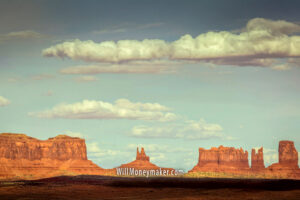If you’re like me — or if you are even the slightest bit serious about photography as a hobby or a career — then photography becomes the reason why you do things. It can be an all-consuming thing. You’ll find yourself planning trips around photography. Instead of visiting a natural wonder simply for the joy of seeing it, you go so that you can look for the photographs.
While you are there, are you enjoying the scenery? Or are you setting up equipment, taking photos and wondering how you’ll process and print them?
As you can see, the things that you do for fun quickly become a quest to make art and nothing more. Would you go on all of these trips if you weren’t a photographer? If you are like most non-photographers, you would likely travel and explore less often. Photography becomes the reason to do these things, and the sheer joy of the experience becomes secondary.
It is easy to get wrapped up, not only in the pursuit of art but also in the mechanical aspects of photography. When you’re out taking photographs, you are focused. You’ve set yourself a goal to bring home wonderful images, and to that end, you are busy composing, searching for details, checking camera settings and mulling over the quality of the light. As you’re doing this, you forget to actually experience the world around you. It simply doesn’t occur to you to put the camera down, look, breathe and exist as one with your surroundings.
Here is an example: I recently had the privilege of traveling to my hometown to take photographs of waterfalls. Now, you’ve probably seen it in the news. West Virginia has recently experienced flooding of nearly unimaginable proportions. The waterfalls that I was photographing were powerful, dangerous beasts.
I could have simply gone about my business and photographed the waterfalls in whatever way I saw fit at the time. But I didn’t. Instead, I spent time just watching the raging water while experiencing the raw power of God's creation. The experience was amazing, and I feel that simply being there and looking, without taking hundreds of photos, helped me focus on my surroundings.
That’s not to say that you have to skip the photographs entirely. But when you do visit an area that inspires you, do what I did and take the time to become a part of your surroundings. Then, with your improved understanding and heightened emotion, you’ll be able to take better photographs.
So, why is it that placing yourself within your surroundings is so important? And how, exactly, do you, in our fast-paced world, immerse yourself? I have a couple of thoughts, which I will share with you.
Life is Too Short
Imagine the person that goes to a concert, smartphone held high to record every minute of the action. What does that person end up with? A recording that they may never watch, and a lesser experience at the concert because they spent less time enjoying it and more time working. After all the money this person spent to go to the concert, and all of the excitement leading up to it, they come away with an experience that was less than perfect, which is especially tragic when you consider the fact that there are only so many concerts one can reasonably attend in a lifetime.
Learn from this example. Don’t be the photographer that always removes him or herself from the moment in order to coldly calculate how best to take pictures. Life is too short, so always remember to take at least a little bit of time to experience the wonders that you are photographing.
 Complete Immersion Makes Better Images
Complete Immersion Makes Better Images
Placing yourself into the moment and truly immersing yourself in your surroundings might be the best way — or, possibly the only way — to truly get a sense of the art that you might find. The reason for this is simple: By immersing yourself, you can really get a sense of all the details around you, from the insects crawling through the foliage to the clouds in the sky.
One exercise that I recommend is one that is sometimes taught to new photographers. To do this exercise, pick a spot. It could be anywhere — a forest, a national park, an urban area or even your own backyard. The location doesn’t matter, and in fact, sometimes, it is helpful if the location is somewhat mundane so that you can understand the idea that beauty is everywhere.
Once you’ve found your location, find a nice spot to sit down. Spend an hour or more just observing, listening and looking. Smell the scents that are on the breeze, listen for the sound of wind, birds or vehicles passing in the distance. Pay close attention to all of the little details, be it the way the grass bends in the breeze, or how sunlight plays in the trees. You won’t need to concentrate hard. Just be there, taking it all in.
Once you’ve had that chance to truly live and breathe in your surroundings, then you can use what you’ve seen, heard and felt to take a few pictures.
Think about it this way: How can you create a photograph that reflects the scent of flowers or the sound of trickling water? You’ll only know the answer to that question once you’ve taken the time to be a part of the world that you are photographing.
Perhaps as photographers, we are too detached from the world that we live in. We look at everything with an eye that is tuned to search for the photos in our surroundings. Maybe this is why we struggle to find the beauty around us. It could very well be that we just haven’t taken enough time to stop, enjoy ourselves and experience life before we attempt to photograph it.
Now go and enjoy the beauty of God’s creation through your lens.




